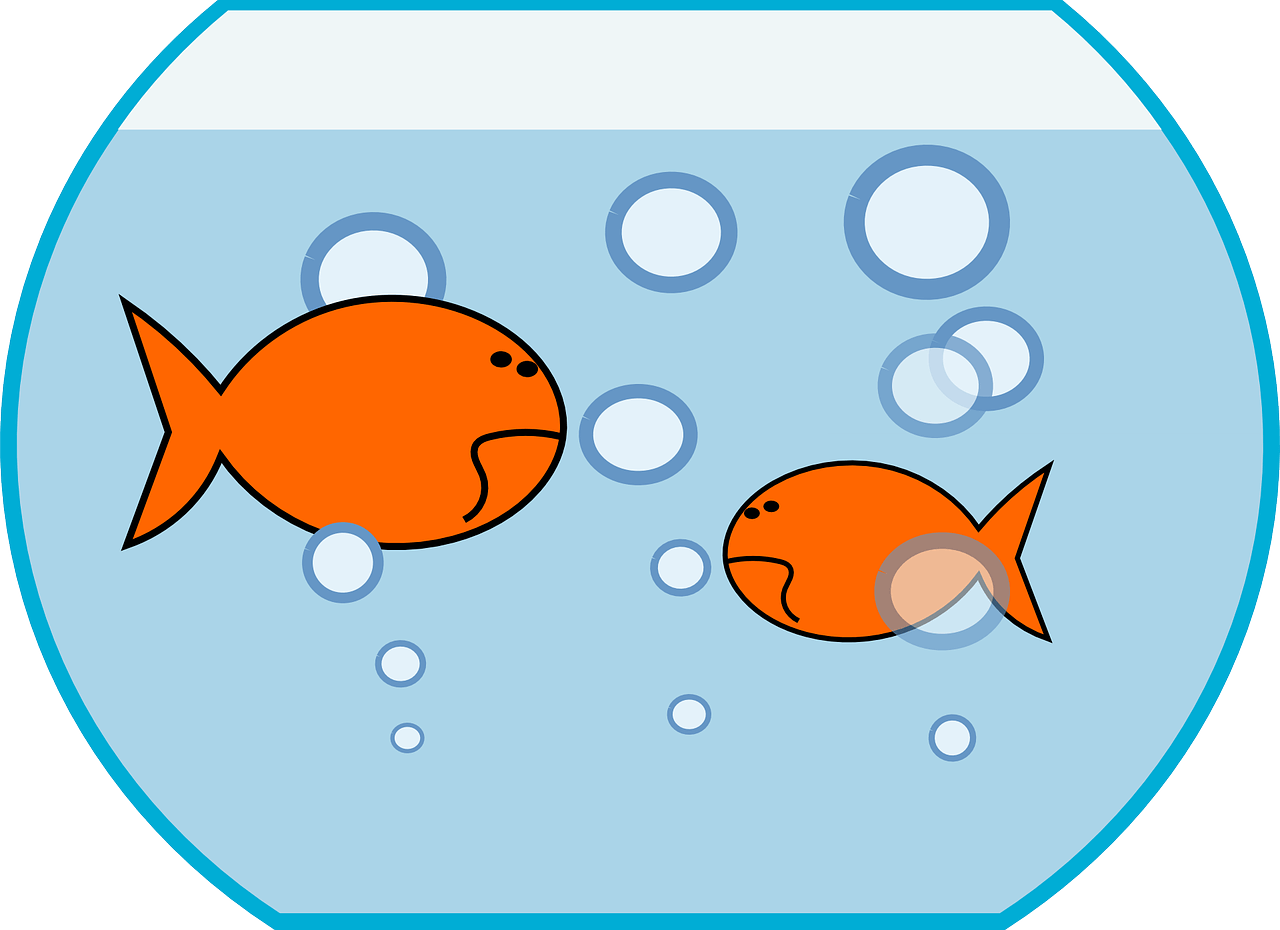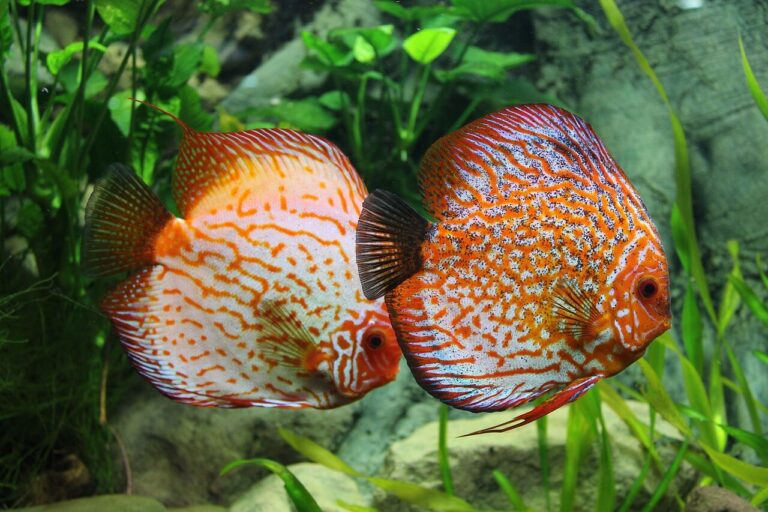There is no guaranteed way to instantly cycle a fish tank, as the process of establishing a beneficial bacterial colony takes time. However, there are a few methods that can be used to shorten the cycling process:
1. Using Pre-established Media: This method involves using filter media, such as bio-balls or ceramic noodles, from a mature aquarium to introduce a mature colony of beneficial bacteria to your new tank.
2. Using a Bacteria Starter Culture: This method involves introducing beneficial bacteria cultures specifically formulated to jumpstart the cycling process, into your new tank. These products are available in various forms, such as liquids, powders, and tablets.
3. Fishless Cycling: This method involves using a different source of ammonia to initiate the cycling process, such as pure ammonia or uncooked shrimp, this way you can control the amount of ammonia introduced.
It’s important to note that even with these methods, it is still important to monitor the water chemistry, perform regular water changes and be mindful of the bioload in order to ensure that the tank is stable and safe for the fish.
It’s also worth mentioning that, While these methods can help speed up the process, they cannot be considered as an instant solution, and it’s essential to be aware of the bioload in the tank and not add too many fish right away, regardless of the method you choose.
There are several reasons why you should cycle your tank before adding fish:
- Fish Safety: The cycling process establishes a beneficial bacterial colony that can break down fish waste and uneaten food into less harmful compounds. Without this colony, the waste products will build up and create toxic conditions in the tank, which can harm or kill fish.
- Water Quality: The beneficial bacteria produced during the cycling process will help to maintain good water quality by consuming waste products, preventing the buildup of harmful toxins, and keeping the pH at an appropriate level.
- Disease Prevention: A healthy bacterial colony can help to prevent the growth of disease-causing organisms, by competing for space and resources.
- Better Fish Health: Fish will be healthier and less stressed in an aquarium with stable and healthy water chemistry, which can lead to a longer lifespan.
- Efficient Filtration: The bacteria that are established during the cycling process help to purify the water, which reduces the load on the mechanical and chemical filtration of the tank.
- Cost-effective: Cycling a tank before adding fish will help prevent issues that may arise from poor water quality, such as illness and death, which can be costly in terms of medical expenses and replacing fish.
In summary, cycling a tank is an essential step in setting up a new aquarium, it guarantees the well-being of the fish and the tank, leading to a more enjoyable and stress-free fish keeping experience.
Cycling a fish tank is an essential step in setting up a new aquarium. It establishes a beneficial bacterial colony that helps to break down fish waste and uneaten food into less harmful compounds, ensuring that the water in the tank is safe and healthy for fish to live in. By cycling a tank before adding fish, you can prevent issues that may arise from poor water quality such as disease, stress and death of the fish. A healthy bacterial colony will also help to maintain good water quality, keeping the pH at an appropriate level and reducing the load on the mechanical and chemical filtration of the tank. Cycling the tank not only benefits the fish but also leads to a more efficient and cost-effective fish keeping experience. Not cycling a tank can put the fish in danger and lead to more work and expenses. Therefore, it is important to cycle a tank before adding fish to ensure a stable, healthy and long-term aquatic environment.



